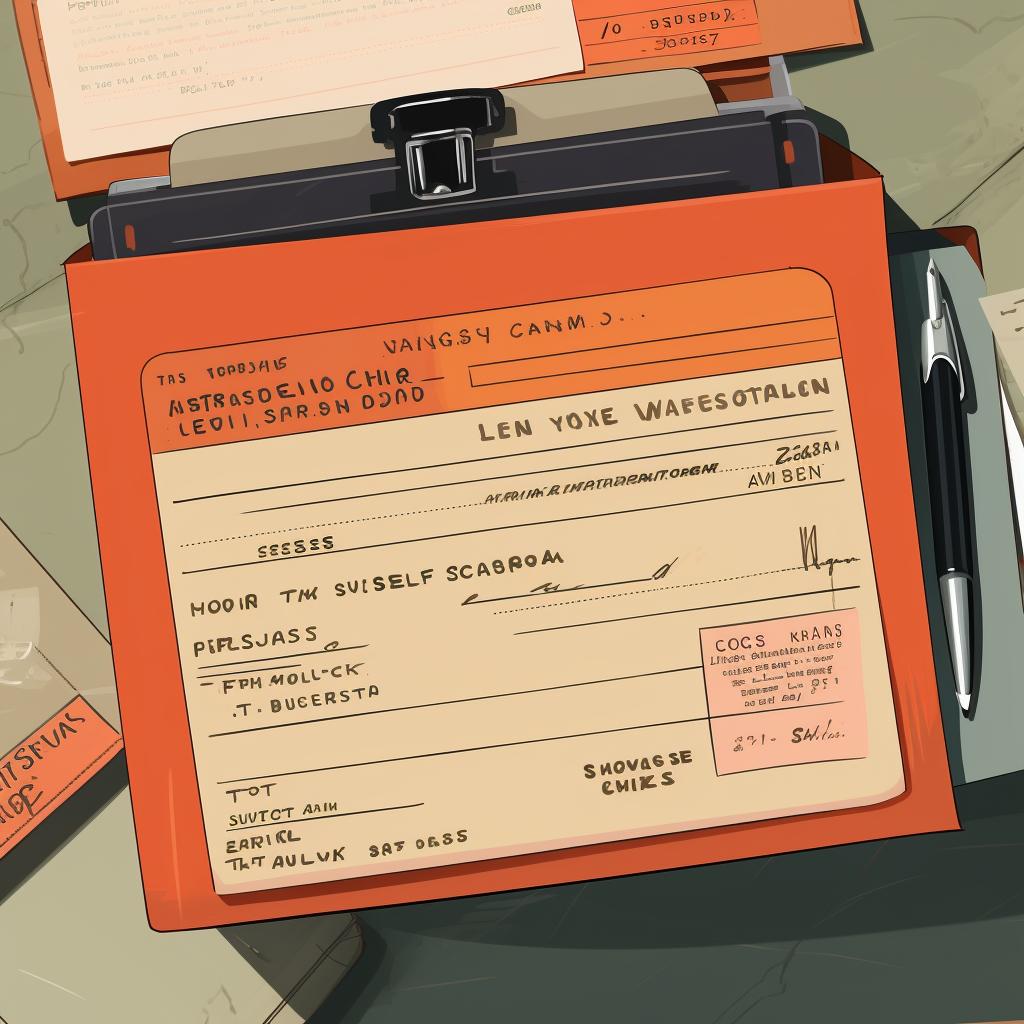📝 Creating a Written Response to Divorce Papers: A Step-by-Step Guide 📝
Creating a Written Response to Divorce Papers: A Step-by-Step Guide
Going through a divorce can be an overwhelming and emotional process. One of the crucial steps in this journey is creating a written response to the divorce papers served to you. This response is your opportunity to address the allegations and requests made by your spouse. To help you navigate this process, we have prepared a step-by-step guide to assist you in creating an effective and well-crafted response.
Step 1: Read the Divorce Papers Carefully
Before you begin drafting your response, take the time to thoroughly read and understand the divorce papers. Pay close attention to the allegations and requests made by your spouse, as well as the deadline for your response. This will ensure that you have a clear understanding of the issues at hand.
Step 2: Draft Your Response
Once you have familiarized yourself with the divorce papers, it's time to start drafting your response. In this step, you will address each allegation or request made by your spouse. Be clear, concise, and stick to the facts. It is important to express your agreement or disagreement with each point raised, providing any necessary explanations or evidence to support your position.
Step 3: Include Necessary Details
To ensure that your response is correctly associated with your case, include your full name, your spouse's full name, and the case number in your response. These details will help the court identify and process your response accurately.
Step 4: Review Your Response
Before submitting your response, take the time to review it for accuracy and completeness. Make sure that you have addressed all the allegations and requests made by your spouse. Check for any spelling or grammar errors that may detract from the professionalism of your response.
Step 5: Make Copies of Your Response
It is essential to make at least two copies of your response. Keep one copy for your records and serve the other copy to your spouse. Having multiple copies ensures that you have a backup and that your spouse receives a copy as required by the legal process.
Step 6: File Your Response
File your original response with the court before the deadline. This can usually be done by mail or in person. Be sure to pay any necessary filing fees as required by your jurisdiction. Filing your response in a timely manner is crucial to ensure that your rights and interests are protected throughout the divorce process.
Step 7: Serve Your Response
Serve a copy of your response to your spouse in accordance with the legal requirements of your jurisdiction. This can be done through certified mail, a process server, or the sheriff's department. Keep proof of service for your records, as it may be required in future proceedings.
Navigating the process of creating a written response to divorce papers can be challenging, but with this step-by-step guide, you can approach it with confidence. Remember to consult with an attorney or legal professional to ensure that your response is tailored to your specific circumstances. Divorce Jury is here to support you through every step of your divorce journey.




















